When Bob Dylan and The Band toured the world in the mid-‘60s, they were often greeted by boos from fans confused by Dylan’s insistence on playing cacophonous rock and roll with a bunch of no-name Canadians. Few fans realized at the time how influential the music they were making would become.
Videos by American Songwriter
When Dylan and The Band came together to tour in 1974, eight years after their last show together, the response was a 180-degree turnabout. And the tour earned its place in the annals of rock as one of the first highly touted, big-money jaunts of an era that would soon be full of such undertakings.
Getting The Band Back Together
Following the end of his incendiary tour with the group then known as The Hawks in 1966, Bob Dylan largely backed away from such high-profile activities. Although he kept recording, public appearances were limited, and he played only a couple of one-off live shows in an eight-year stretch.
Meanwhile, his former cohorts morphed into The Band, and after joining Dylan in Woodstock, New York, in the late-’60s for the famed Basement Tapes recordings, they earned their own record deal. Their first few albums were among the most highly praised of the era, as their down-home chemistry and subtle takes on roots music flew in the face of the hard rock prevalent at the time.
By the time 1974 rolled around, both acts needed a bit of a boost. Dylan’s post-’66 albums were often muted and restrained, lacking the fire of the records from his early career. And The Band struggled to maintain the momentum of the first two records, as inspiration waned and certain members indulged in hard-living ways that took their toll on the music.
A Long-Awaited Reunion
David Geffen, who ran the Asylum Records label and had lured Dylan from Columbia Records (if only briefly, as it would turn out), helped put together what would be known as Tour ’74, with major assistance from legendary promoter Bill Graham. To spark interest in the tour, Dylan and The Band hastily recorded the album Planet Waves, which would be released in the midst of the tour in January 1974.
Dylan surprised all involved by enthusiastically agreeing to the itinerary, which dragged them across the country through 21 cities for 40 shows in a little less than a month and a half. All the venues were big arenas, which allowed the participants to satisfy the intense demand from concertgoers wanting to be a part of the spectacle.
After the six men rehearsed throughout the final few months of 1973 (while also recording Planet Waves), the tour began with a show at Chicago Stadium (which was actually an arena) on January 3, 1974. Dylan opened the show with The Band behind them, playing his obscure 1963 track “Hero Blues” to get things rolling.
Living Up to the Hype
The tour settled into a groove once Dylan and The Band worked out a winning format. They’d play together for the first portion of the show, followed by a Dylan solo acoustic set, then a Band set, and finally together again for the closing songs and encore. The arrangements when everyone was on stage together tended toward the maximalist, big, blustery rocking from The Band backing behind Dylan’s boisterous vocals.
You can get an idea for how this all sounded from Before the Flood, a double-album retrospective of the tour that was released in the summer of ’74. Tour ’74 certainly made the participants a good chunk of change, as ticket sales were robust. Aside from some confusion caused by the mail-order system for getting those tickets, the tour, which ended before a celebrity-packed crowd in Los Angeles on Valentine’s Day, mostly went off without a hitch.
It wasn’t long before other tours, such as a Crosby, Stills, Nash & Young reunion later that year (with The Band opening the shows), tried to match the scale of Tour ’74. Scale aside, those concerts are mostly notable for how Bob Dylan and The Band picked up right where they had left off eight years prior. The wonder of the music hadn’t changed, even if the reception to it certainly had.
Photo by Michael Ochs Archives/Getty Images

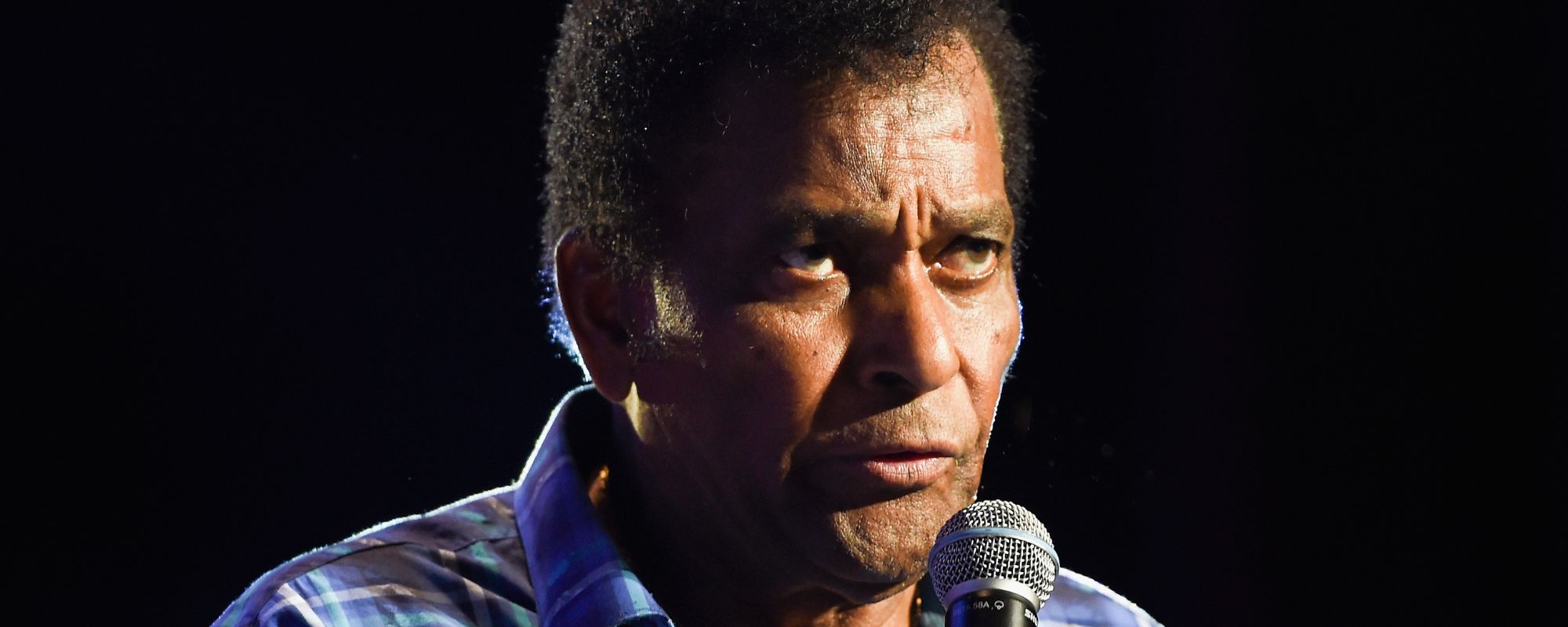


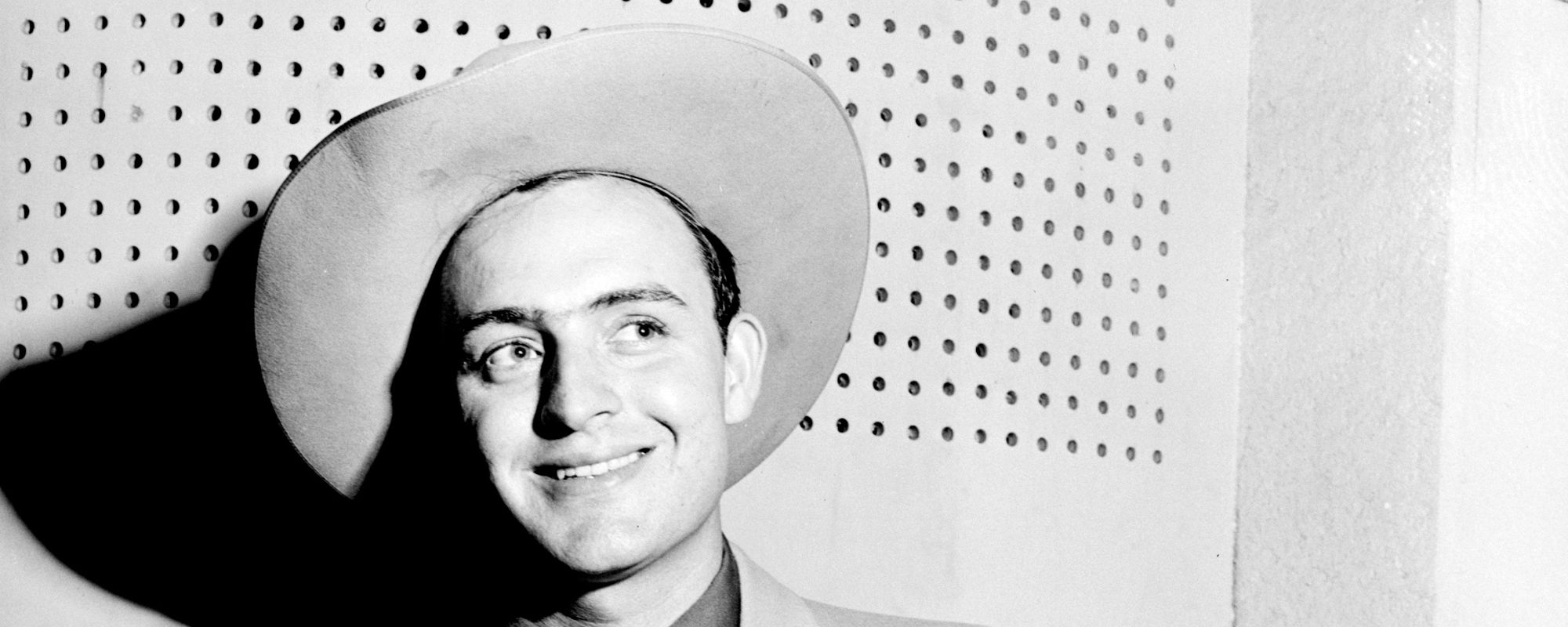

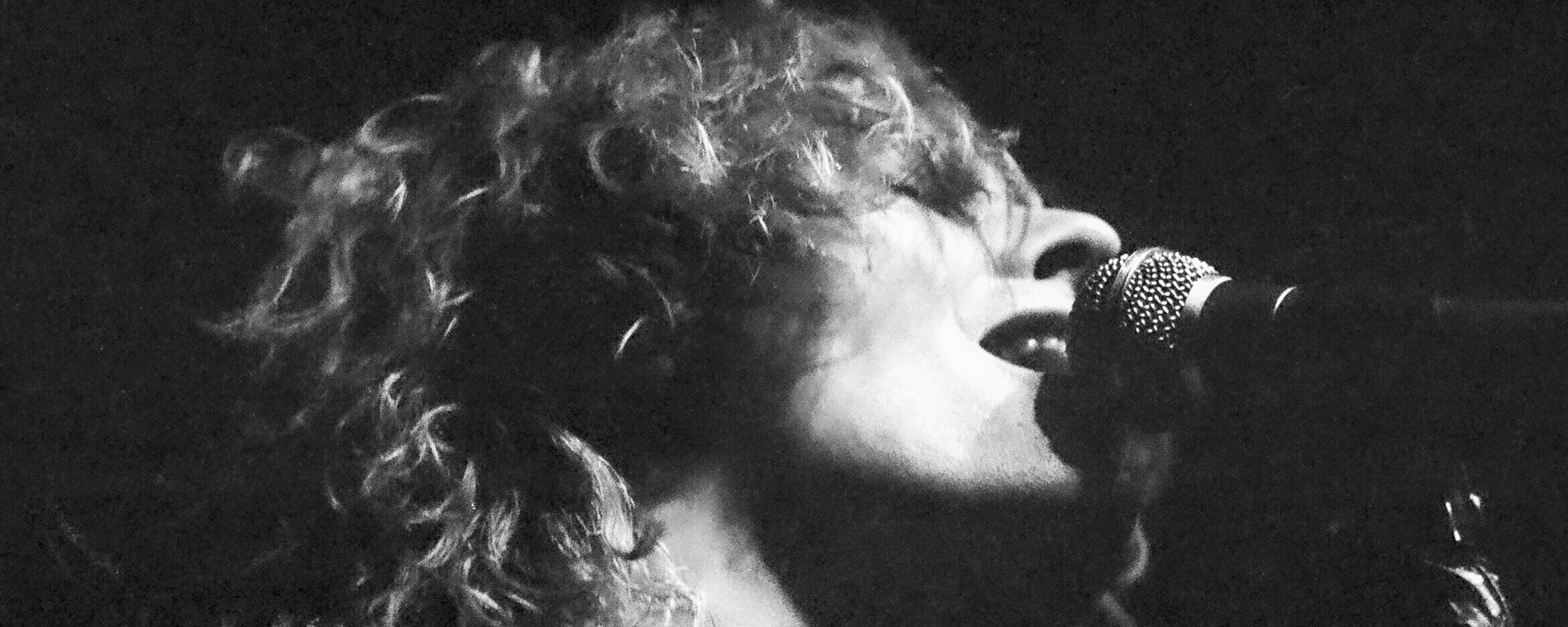
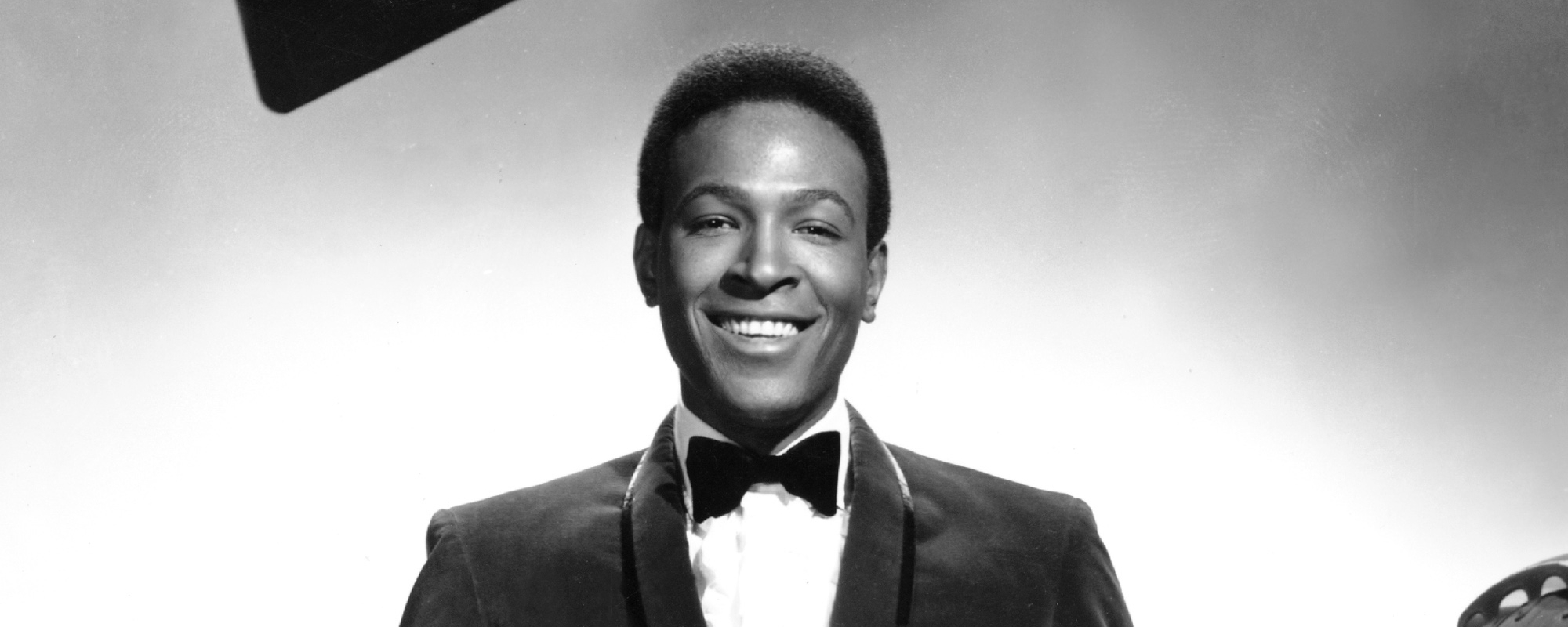

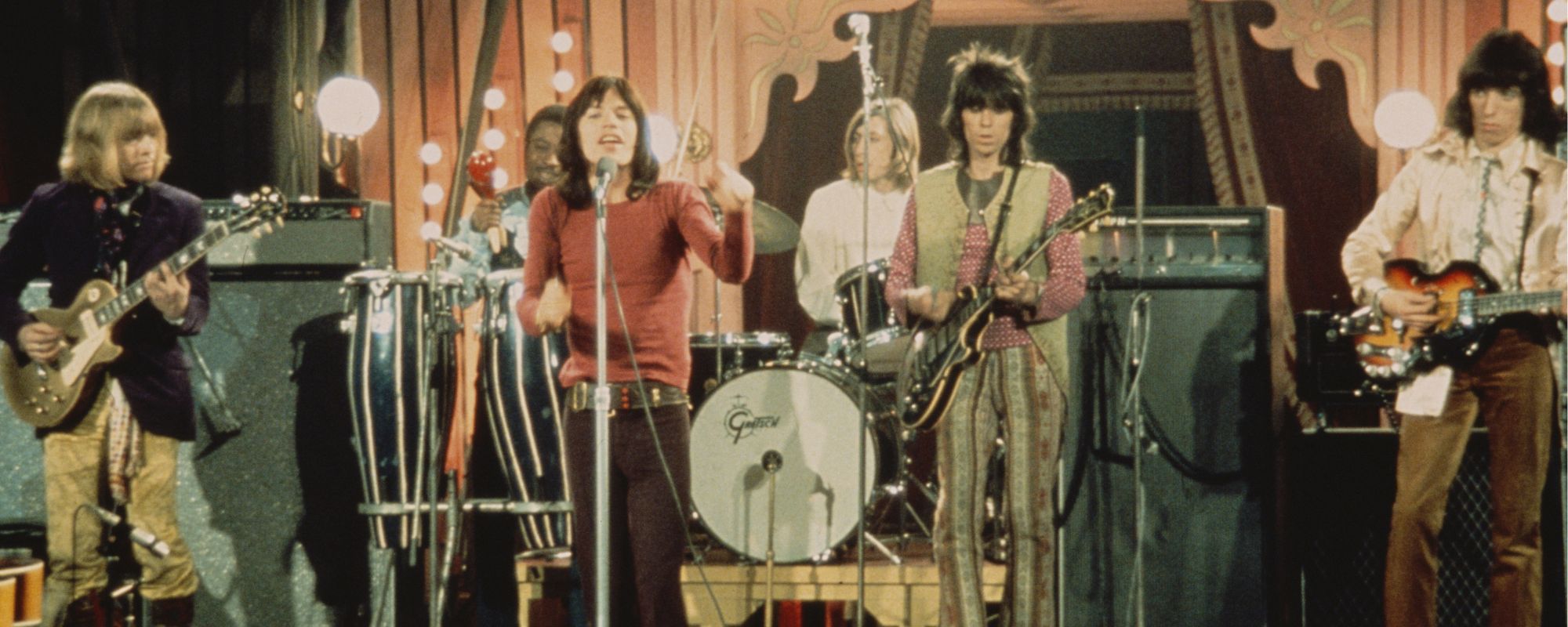
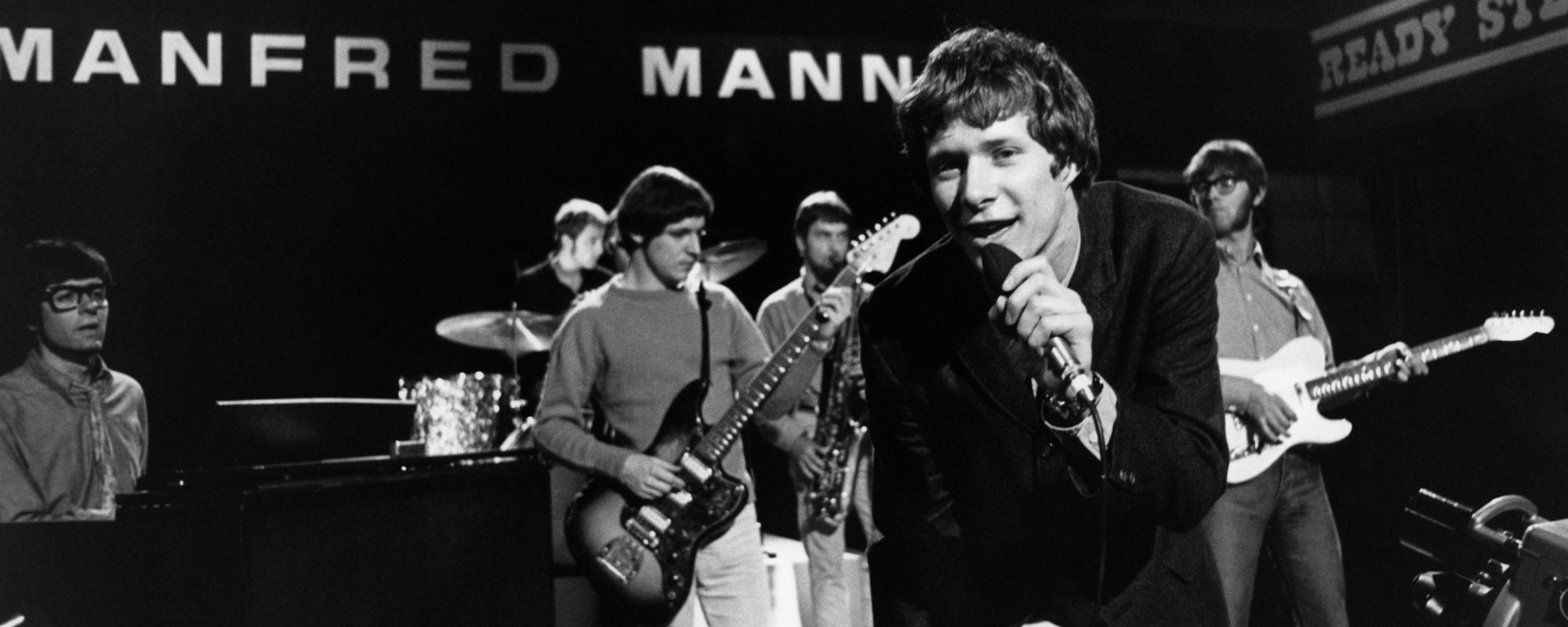

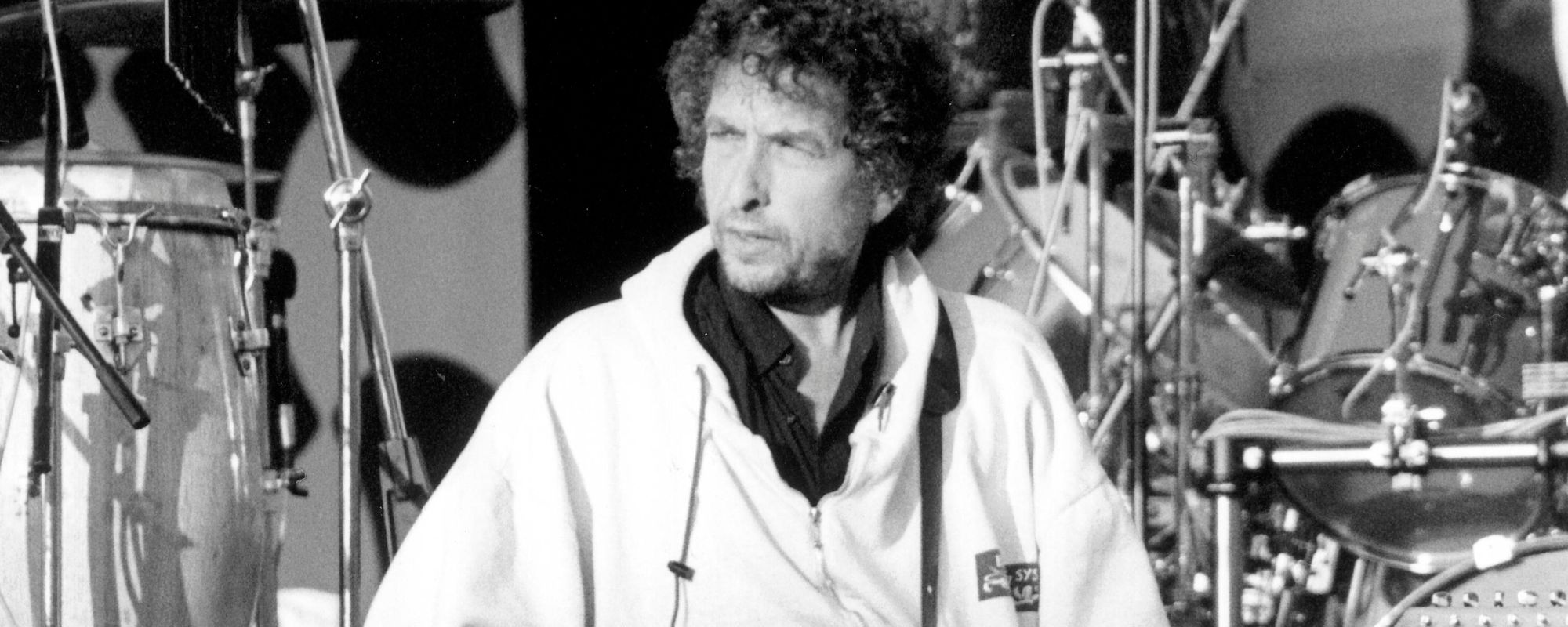
Leave a Reply
Only members can comment. Become a member. Already a member? Log in.